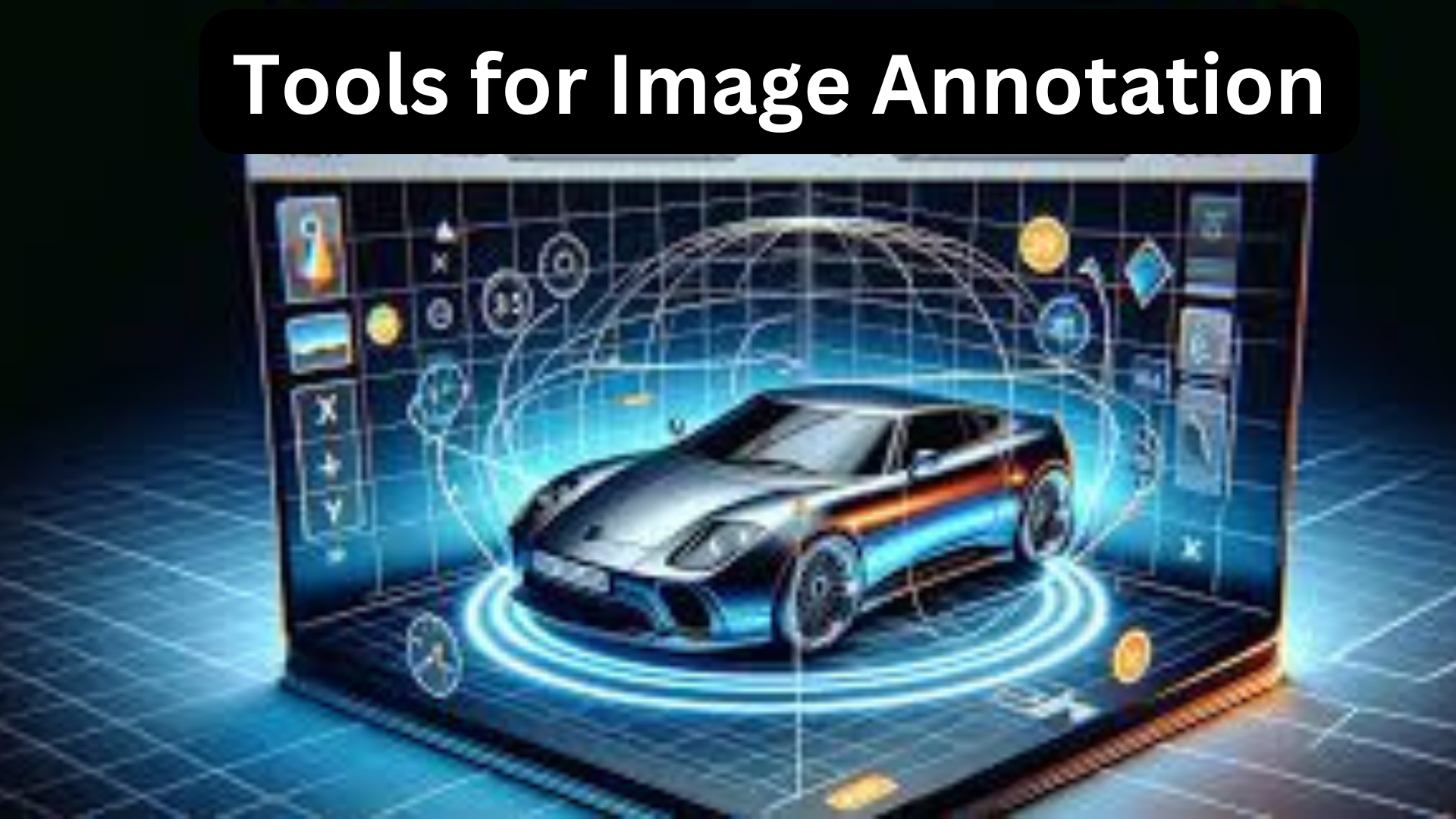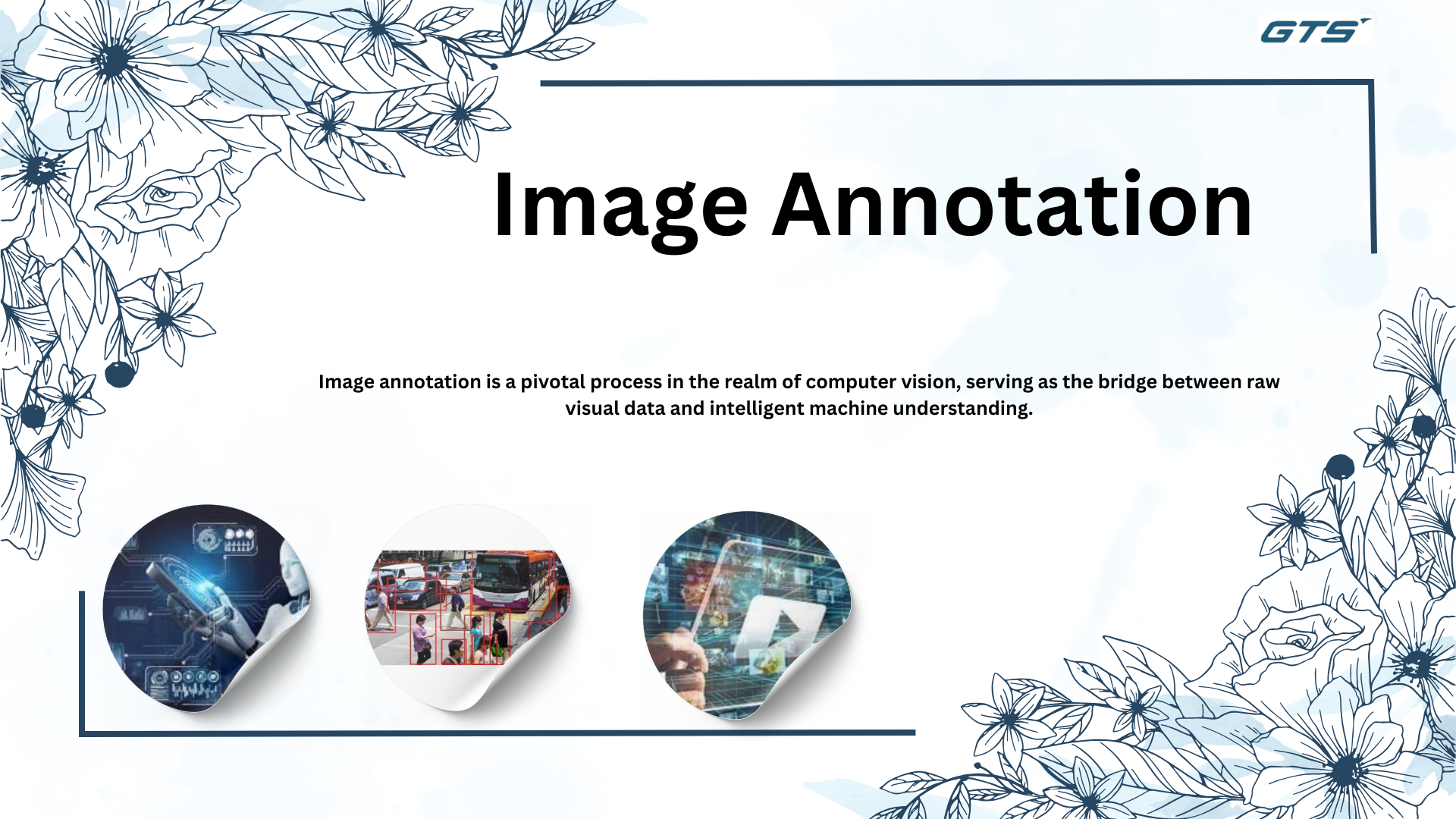Introduction:
Image Annotation plays a crucial role in the field of computer vision, acting as the essential link between unprocessed visual data and the comprehension capabilities of intelligent machines. Through the careful labeling of images, we empower machines to analyze and understand visual information, a skill that has extensive applications across numerous sectors. This detailed guide examines the complexities of image annotation, including its various types, techniques, tools, applications, and recommended practices.
Defining Image Annotation
Fundamentally, image annotation entails the process of assigning labels to images or their individual elements to train machine learning algorithms. These labels may represent different characteristics, such as the identity of objects, their spatial arrangement, or specific actions depicted in the image. The main goal is to equip machines with a contextual framework for interpreting visual data, thereby enhancing their ability to make accurate predictions and analyses.
The importance of image annotation is underscored by its foundational role in training computer vision models. In the absence of precisely labeled data, these models would find it challenging to navigate complex visual scenarios, resulting in diminished performance in tasks such as object detection, image segmentation, and facial recognition.
Types of Image Annotation
Image annotation comprises a variety of techniques, each designed for specific applications and intended results. The selection of an annotation type is influenced by factors such as the complexity of the visual data, the goals of the machine learning model, and the required level of detail.
1. Bounding Box Annotation
Bounding box annotation utilizes rectangular overlays to emphasize objects within an image. This technique is commonly used in object detection tasks, where the model must identify and locate various objects. Although it is straightforward, bounding box annotation may not accurately represent the precise shapes of irregular objects, which could result in less effective models in certain contexts.
2. Polygon Annotation
For objects that possess complex or irregular shapes, polygon annotation offers a more accurate labeling method. Annotators create a polygonal boundary by plotting points around the object's edges, closely following its contours. This approach is particularly beneficial in fields such as medical imaging and autonomous driving, where precision is critical.
3. Semantic Segmentation
Semantic segmentation entails classifying each pixel in an image into specific categories. This pixel-level annotation facilitates a thorough understanding of the scene, allowing models to differentiate between various objects and background components. It is vital in areas like robotics and environmental monitoring, where detailed scene analysis is necessary.
4. Instance Segmentation
Expanding on semantic segmentation, instance segmentation not only classifies each pixel but also distinguishes between individual instances within the same object category. For instance, in an image containing multiple cars, instance segmentation would label each car individually. This technique is essential for applications that require accurate object counting and differentiation.
5. Keypoint Annotation
Keypoint annotation focuses on marking specific points of interest within an image, such as facial landmarks or joint positions.
Techniques in Image Annotation
The image annotation process can be carried out using a variety of techniques, each providing distinct levels of efficiency, accuracy, and scalability. The selection of a particular technique is often influenced by the specific requirements of the project, the resources at hand, and the desired equilibrium between automation and human involvement.
1. Manual Annotation
Manual annotation involves human annotators who carefully label images based on established guidelines. Although this method guarantees a high degree of accuracy, it is labor-intensive and can be quite time-consuming, particularly when dealing with extensive datasets. Nevertheless, manual annotation is crucial for intricate tasks that necessitate a deep understanding and discernment.
2. Automated Annotation
Automated annotation utilizes pre-trained models and algorithms to assign labels to images with minimal human input. This approach greatly speeds up the annotation process and is well-suited for large datasets. However, the accuracy of automated annotation is contingent upon the quality of the models used and may necessitate subsequent human verification to ensure correctness.
3. Semi-Automated Annotation
Semi-automated annotation merges the advantages of both manual and automated methods, beginning with initial labeling by automated tools, followed by a review and refinement by human annotators. This technique strikes a balance between efficiency and accuracy, making it ideal for projects where rapid processing is critical, yet human insight is essential to copyright quality.
Tools for Image Annotation

A range of tools has been created to streamline the image annotation process, each equipped with distinct features designed to meet various annotation requirements. Choosing the right tool can greatly influence the productivity and effectiveness of the annotation workflow.
1. VGG Image Annotator (VIA)
Created by the Visual Geometry Group at the University of Oxford, VIA is a lightweight, standalone application that operates directly within a web browser. It supports region and attribute annotation while offering a straightforward user interface for efficient labeling. VIA is particularly appreciated for its user-friendliness and simplicity.
2. Computer Vision Annotation Tool (CVAT)
Initially developed by Intel, CVAT is an open-source, web-based tool intended for annotating both images and videos. It includes features such as shape interpolation between keyframes, automatic annotation through deep learning models, and a user-friendly interface tailored for computer vision tasks. CVAT is ideal for professional annotation teams managing extensive projects.
3. Labelbox
Labelbox is a comprehensive platform for data labeling that accommodates image, video, and text annotation. It offers a variety of tools for different annotation tasks, including object detection, segmentation, and classification. Additionally, Labelbox features model-assisted labeling and a collaborative interface, which enhances the efficiency of large annotation teams.
Applications of Image Annotation
1. Autonomous Vehicles
Self-driving cars rely on annotated images for lane detection, pedestrian tracking, and traffic sign recognition. Precise annotations improve vehicle decision-making and road safety.
2. Healthcare and Medical Imaging
AI-assisted medical diagnostics use annotated images for detecting tumors, fractures, and organ anomalies in X-rays, MRIs, and CT scans.
3. Retail and E-commerce
Image annotation enhances visual search, product tagging, and recommendation systems in online shopping platforms.
4. Security and Surveillance
Facial recognition systems use annotated datasets to detect and verify individual identities, improving security in airports, banks, and smart cities.
5. Agriculture and Satellite Imaging
AI-powered crop monitoring and land use analysis depend on annotated satellite images for accurate predictions.
Challenges in Image Annotation
Image annotation, while crucial, faces several challenges including significant costs, time demands, concerns regarding data privacy, and the potential for human error. The introduction of AI-assisted annotation tools has facilitated the automation and optimization of this process.
Conclusion
Image annotation serves as a fundamental component in the training of computer vision models across various sectors. As Globose Technology Solutions , automation, and deep learning technologies progress, annotation methodologies are continually advancing, enhancing the accuracy and efficiency of AI applications.

Comments on “Image Annotation: Improving AI and Machine Learning Models.”